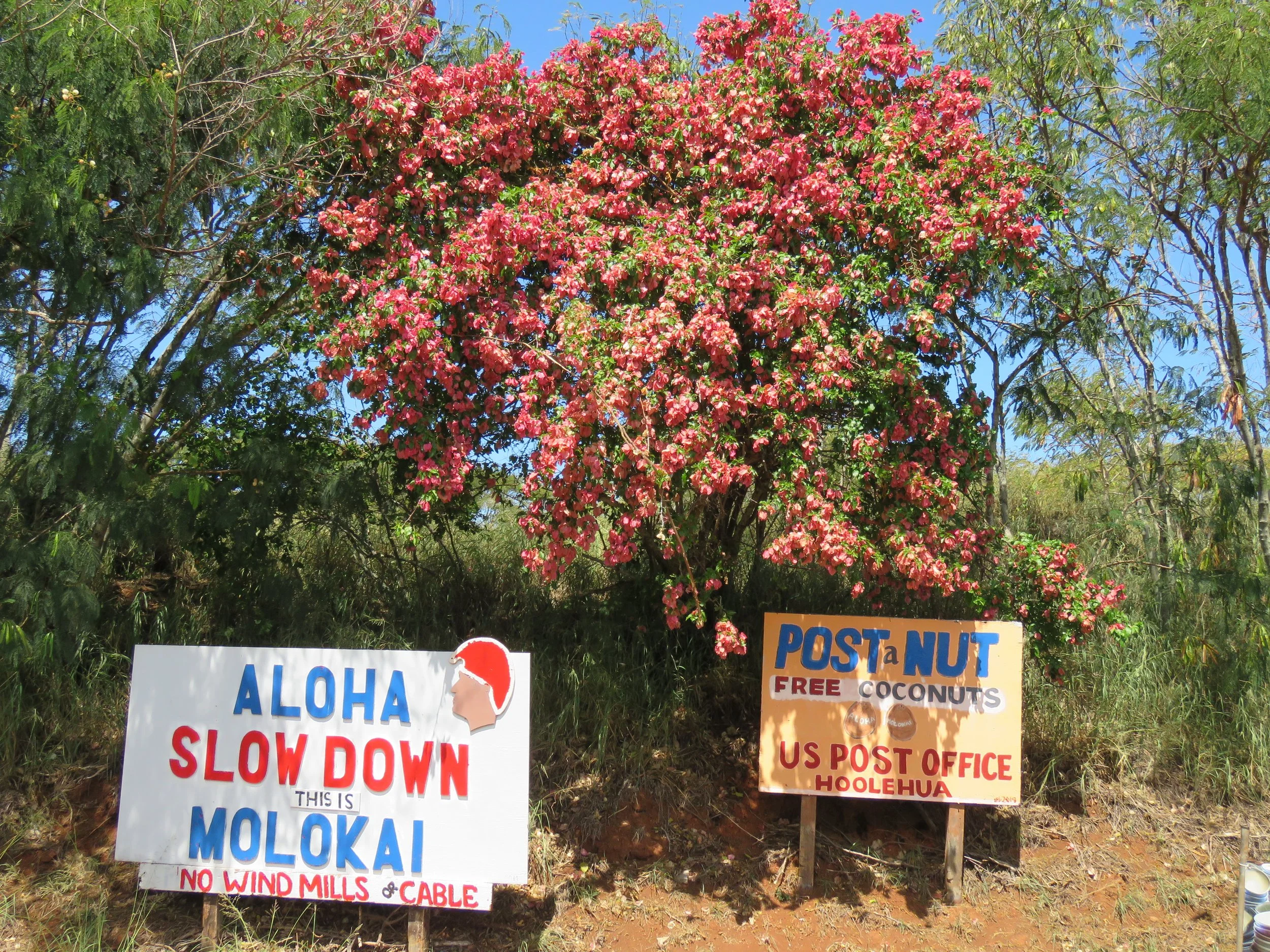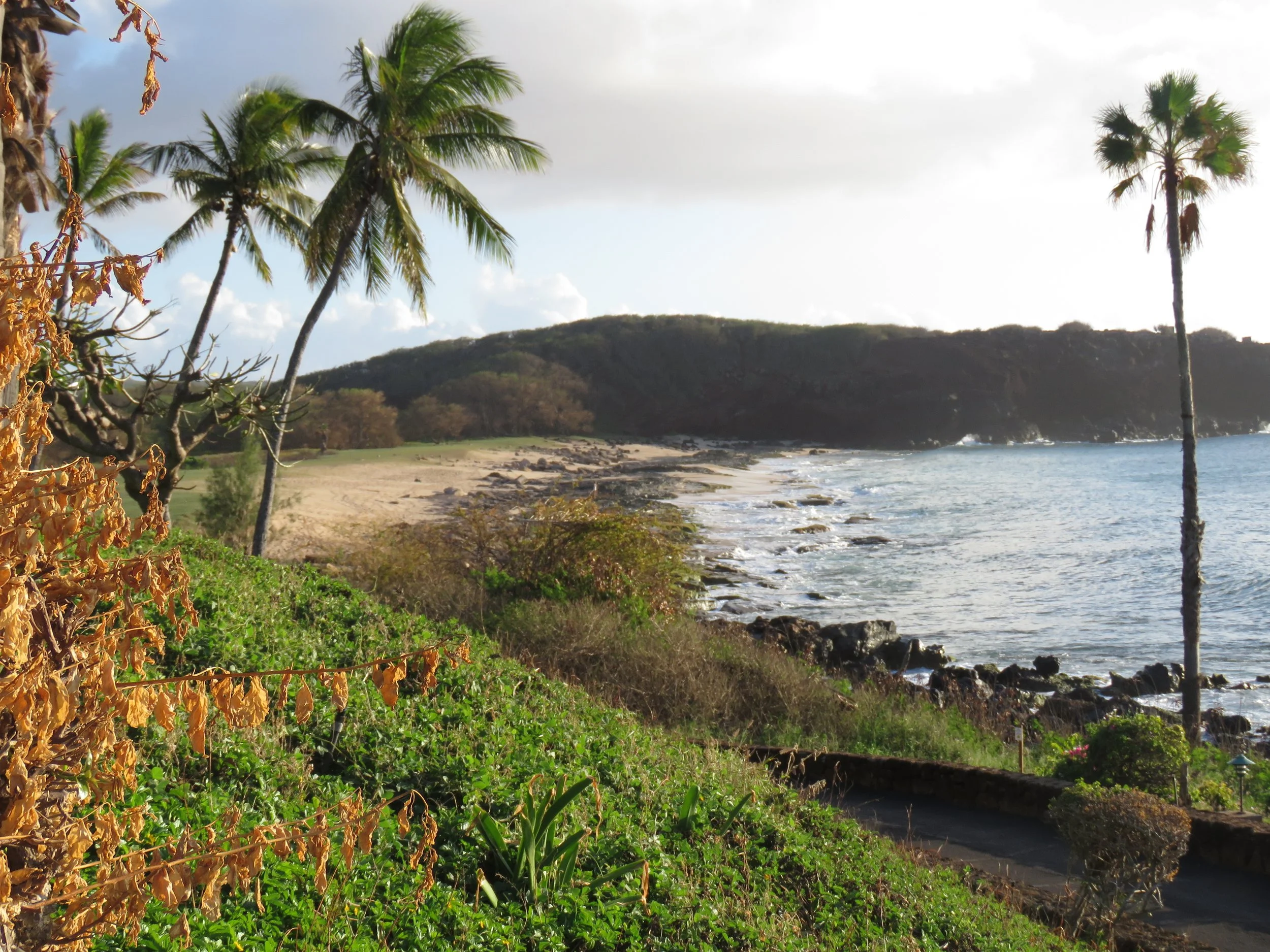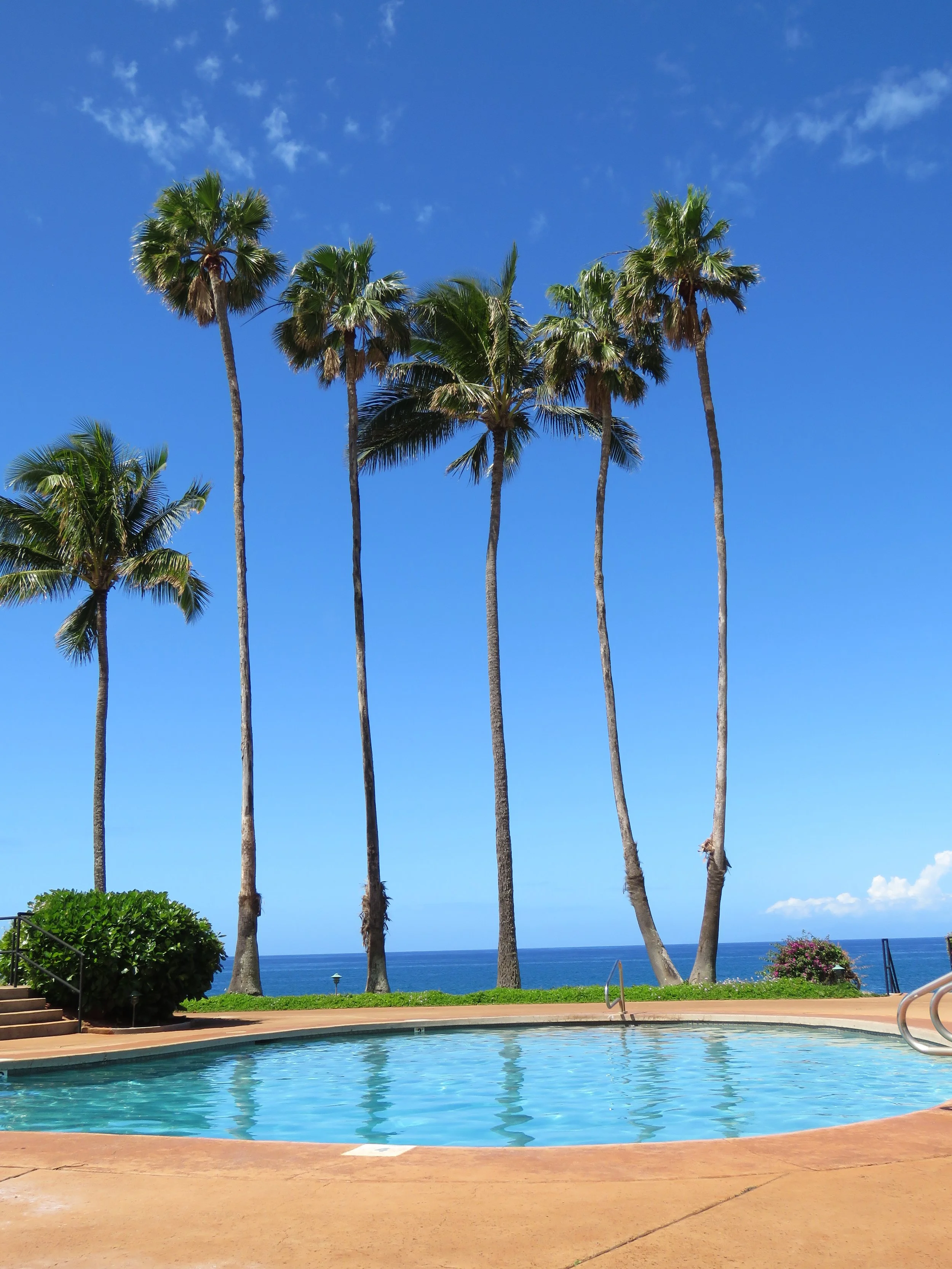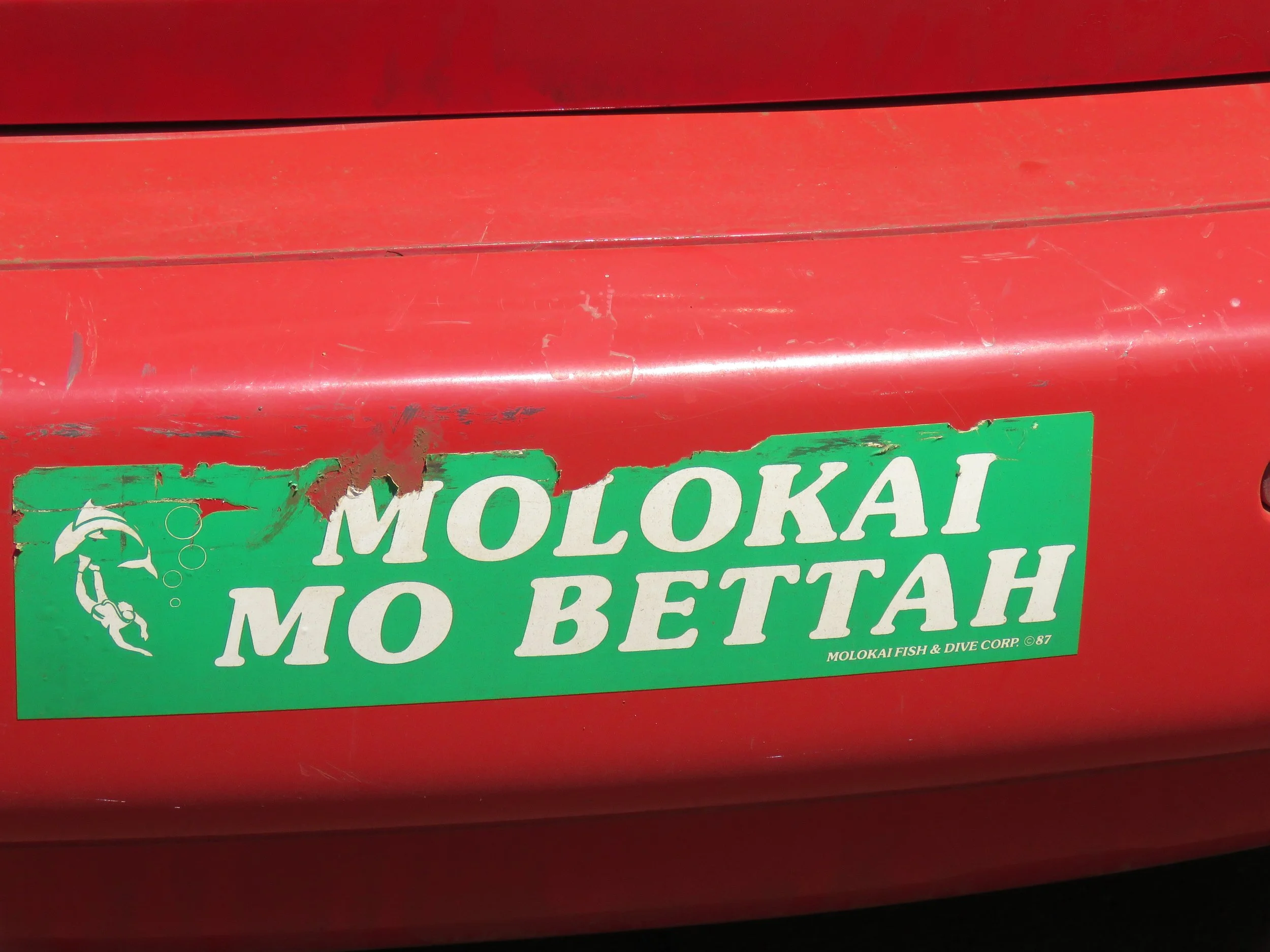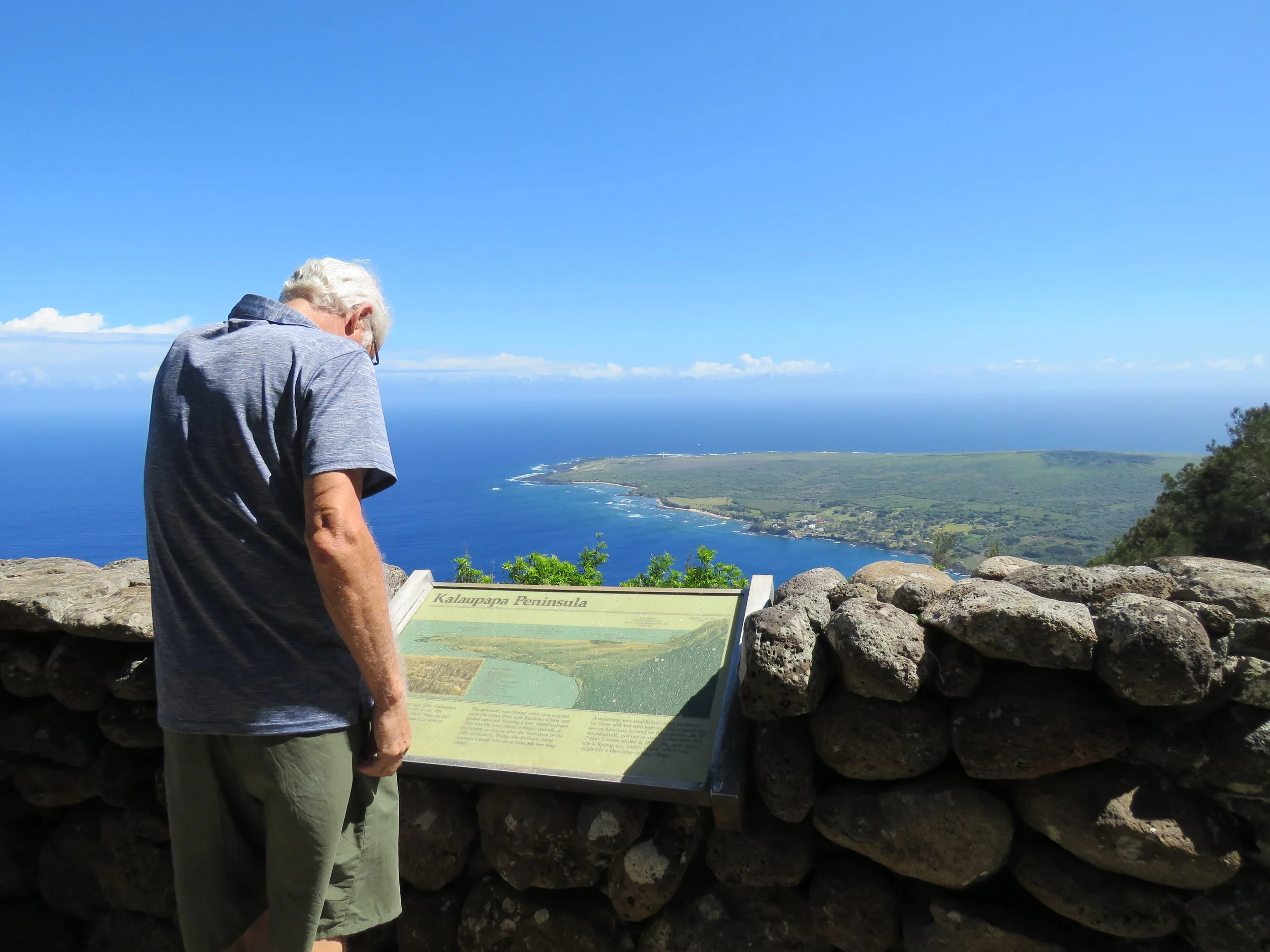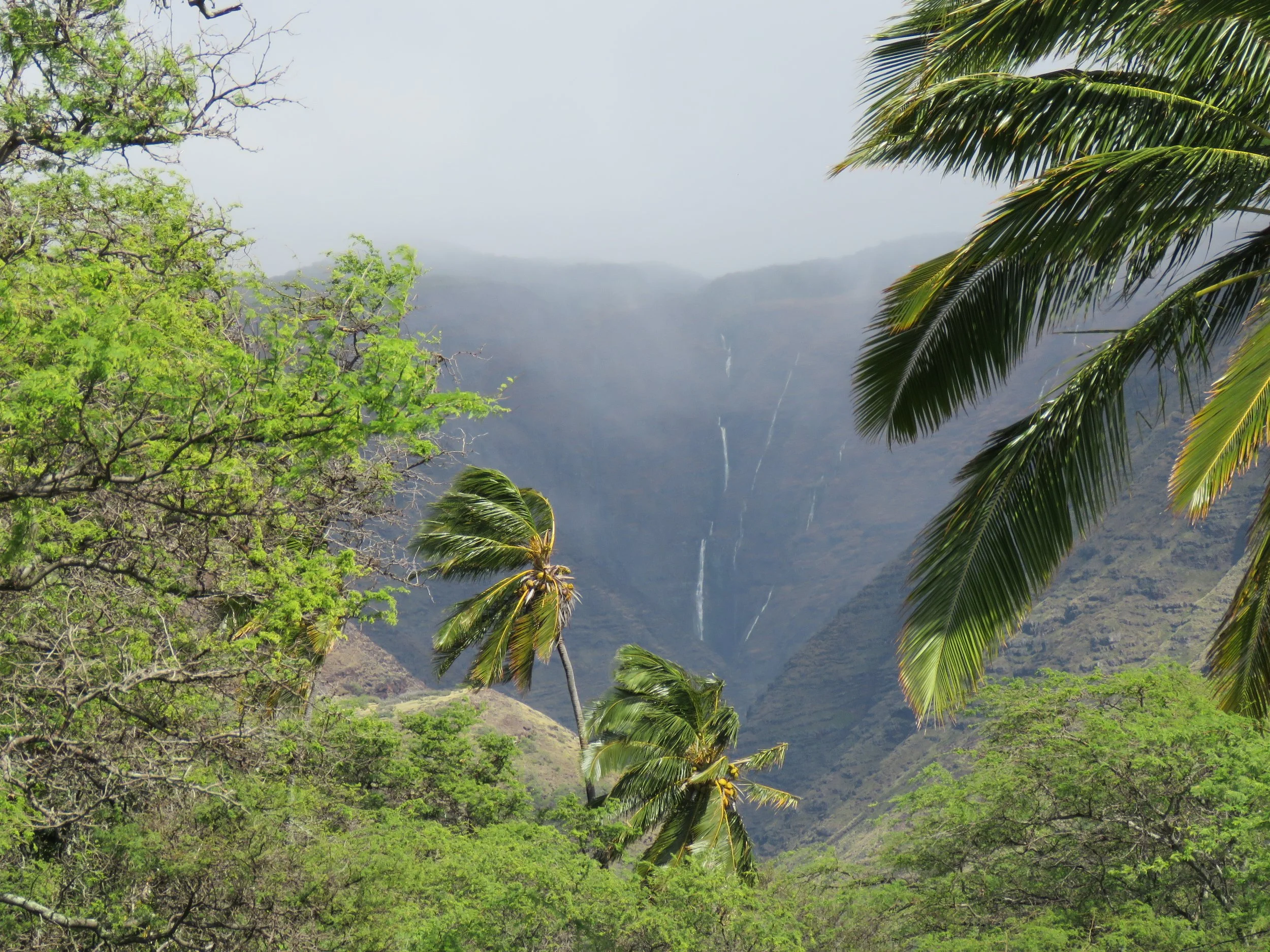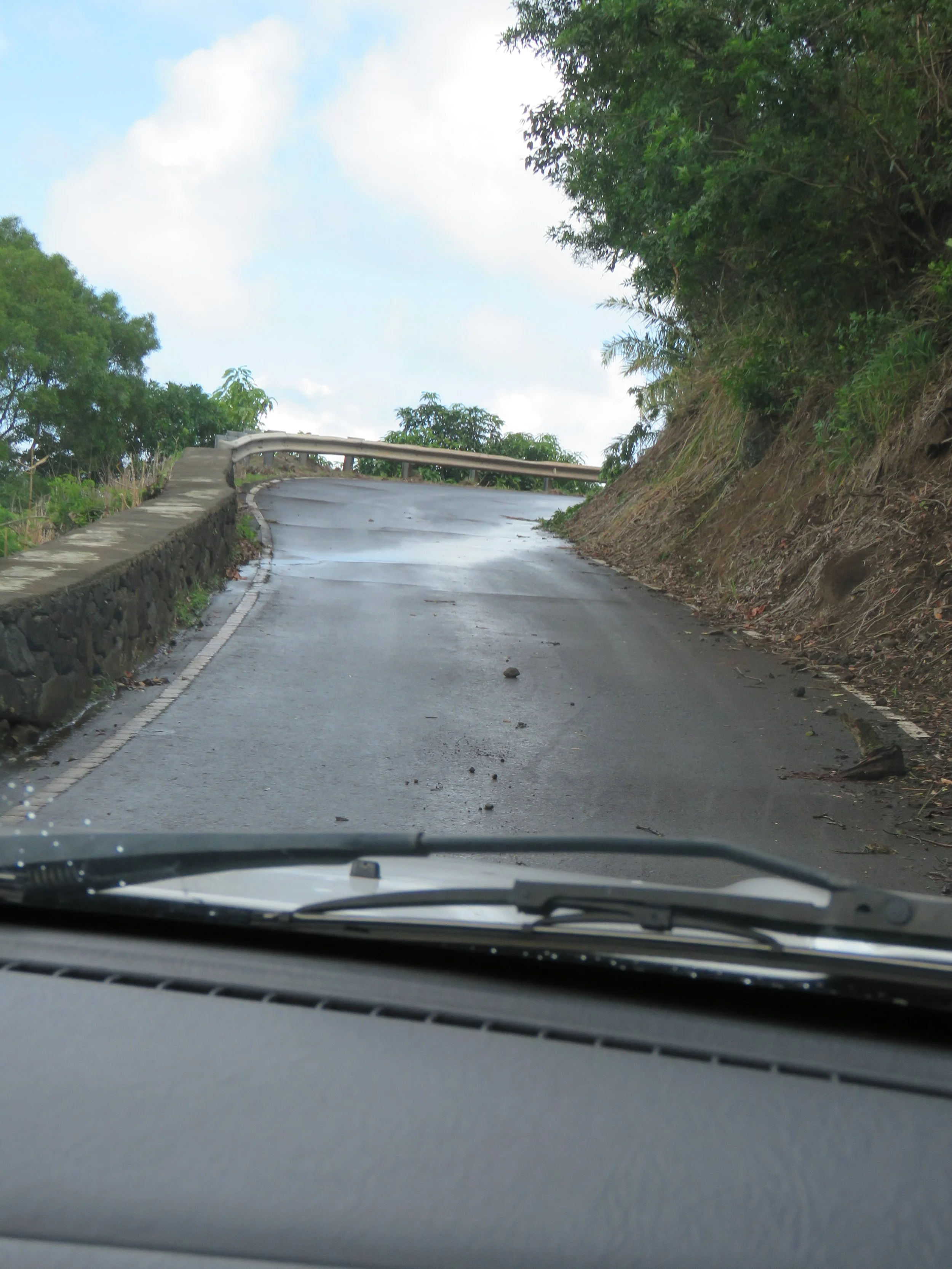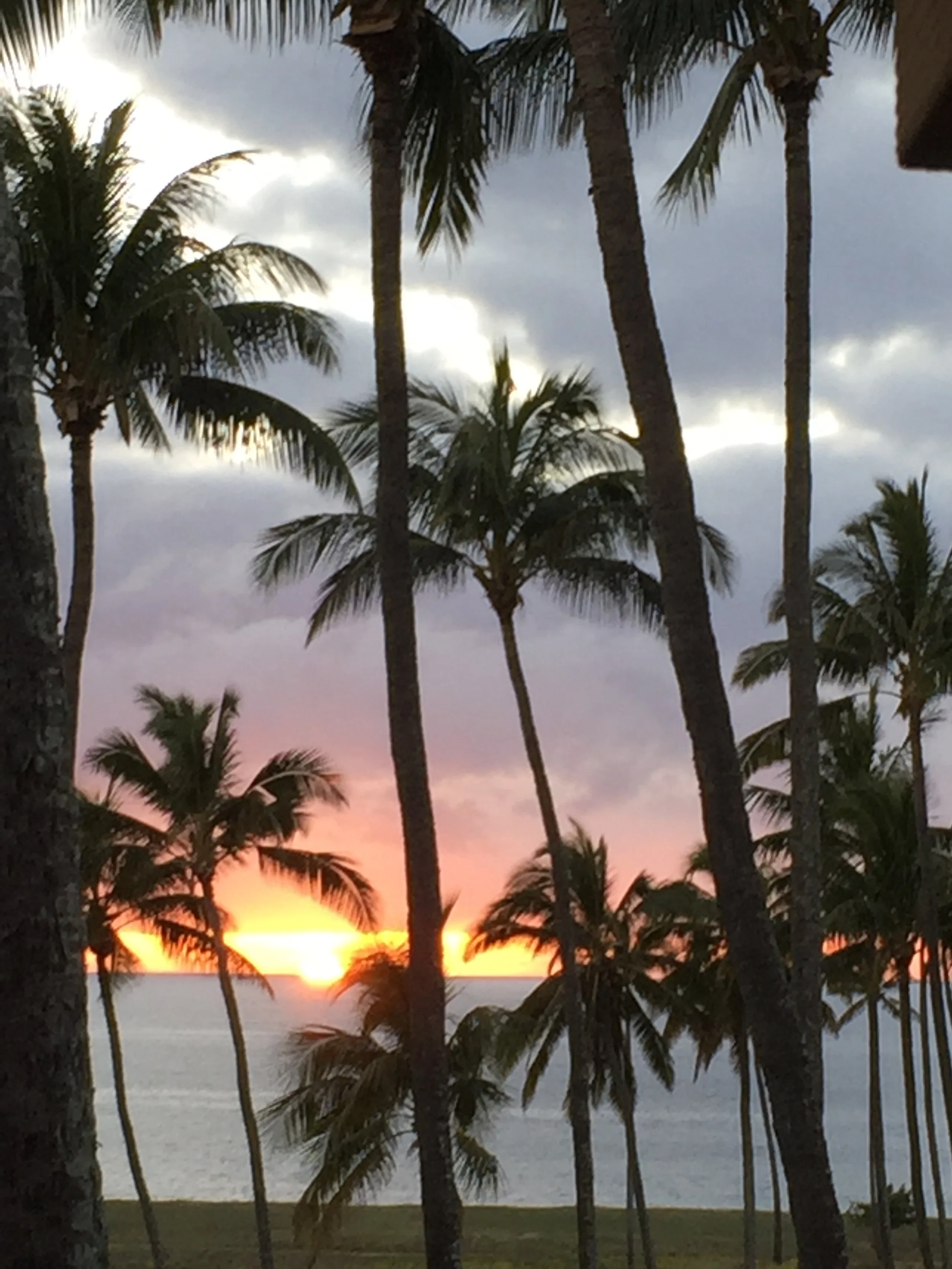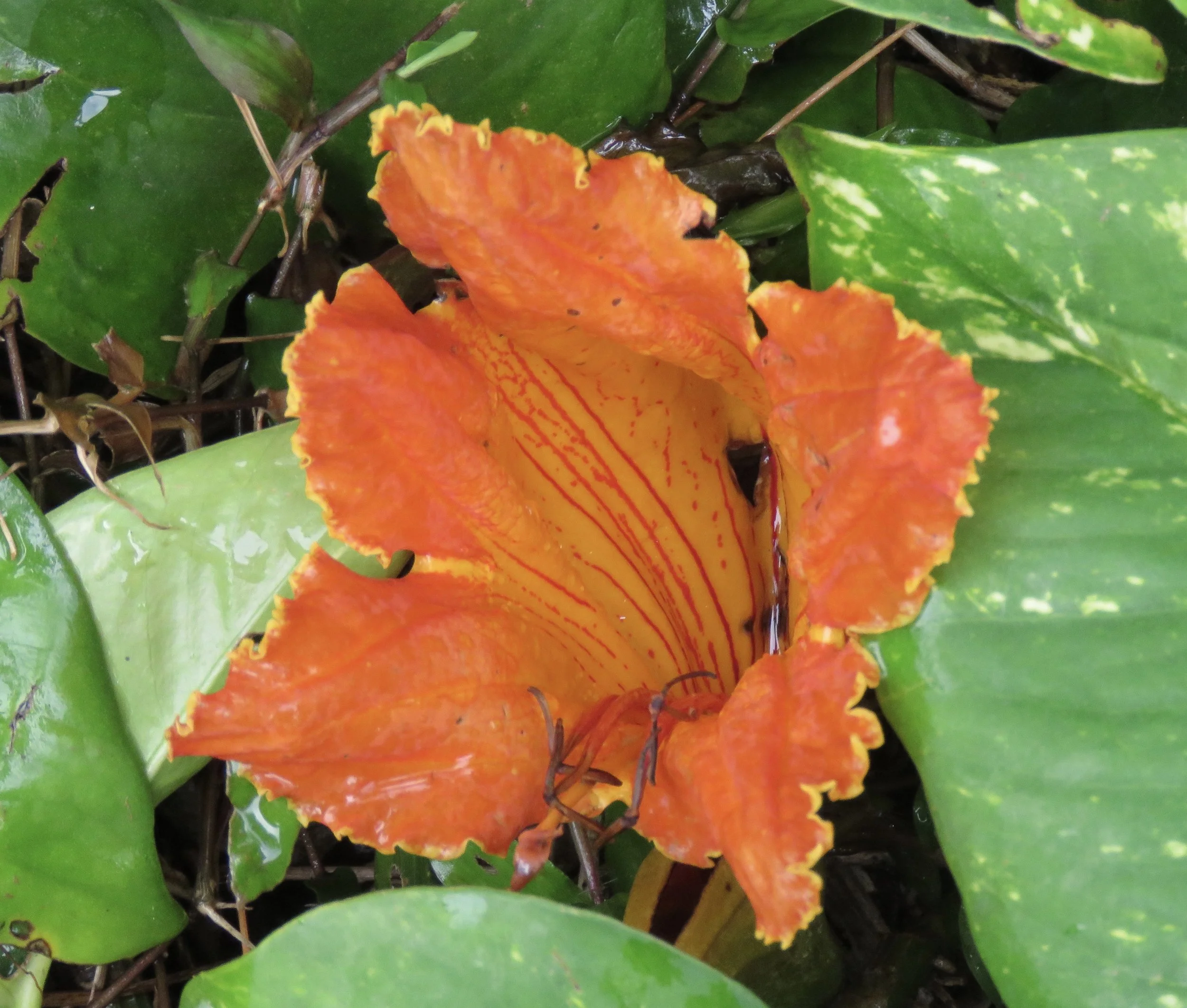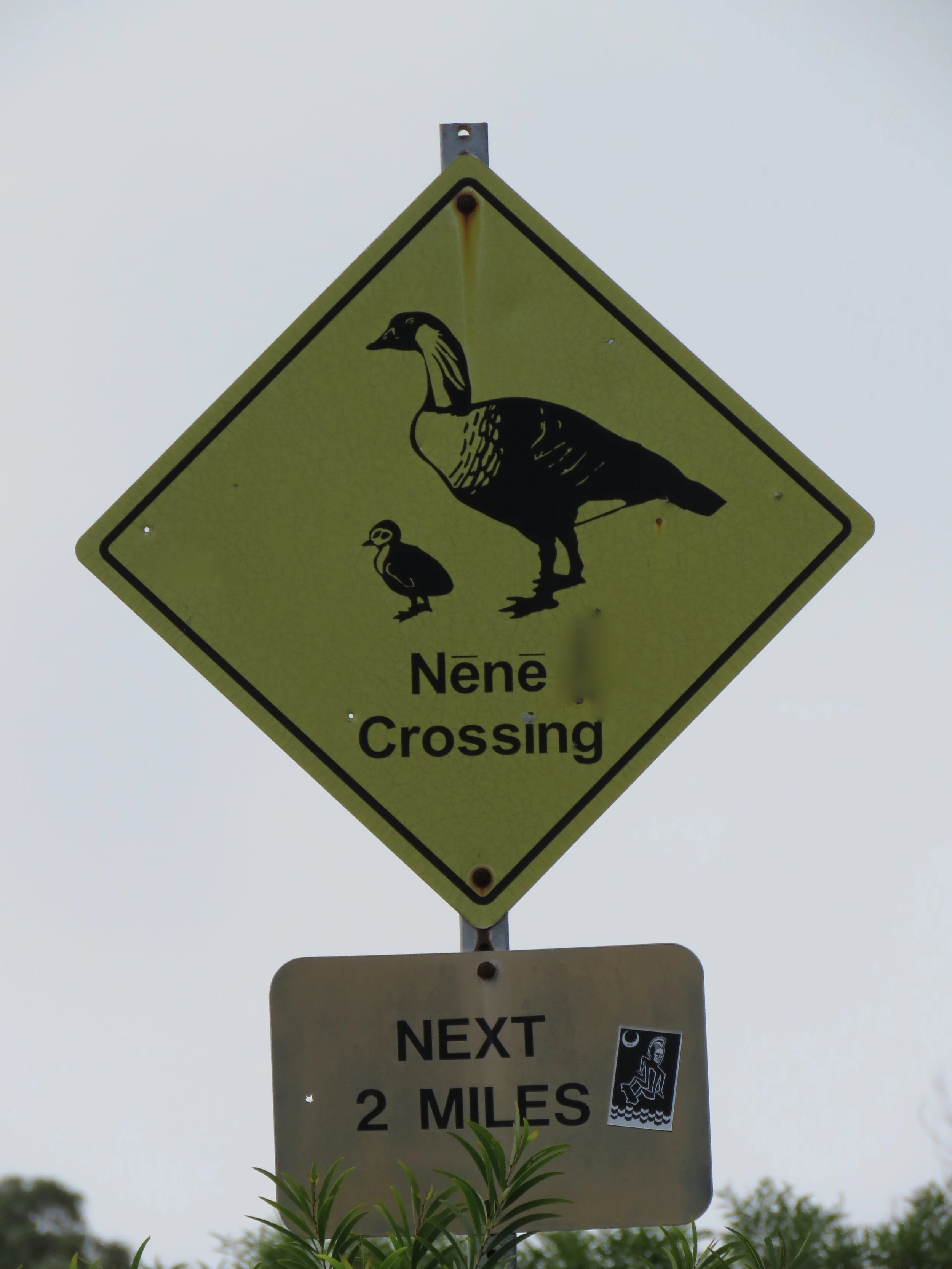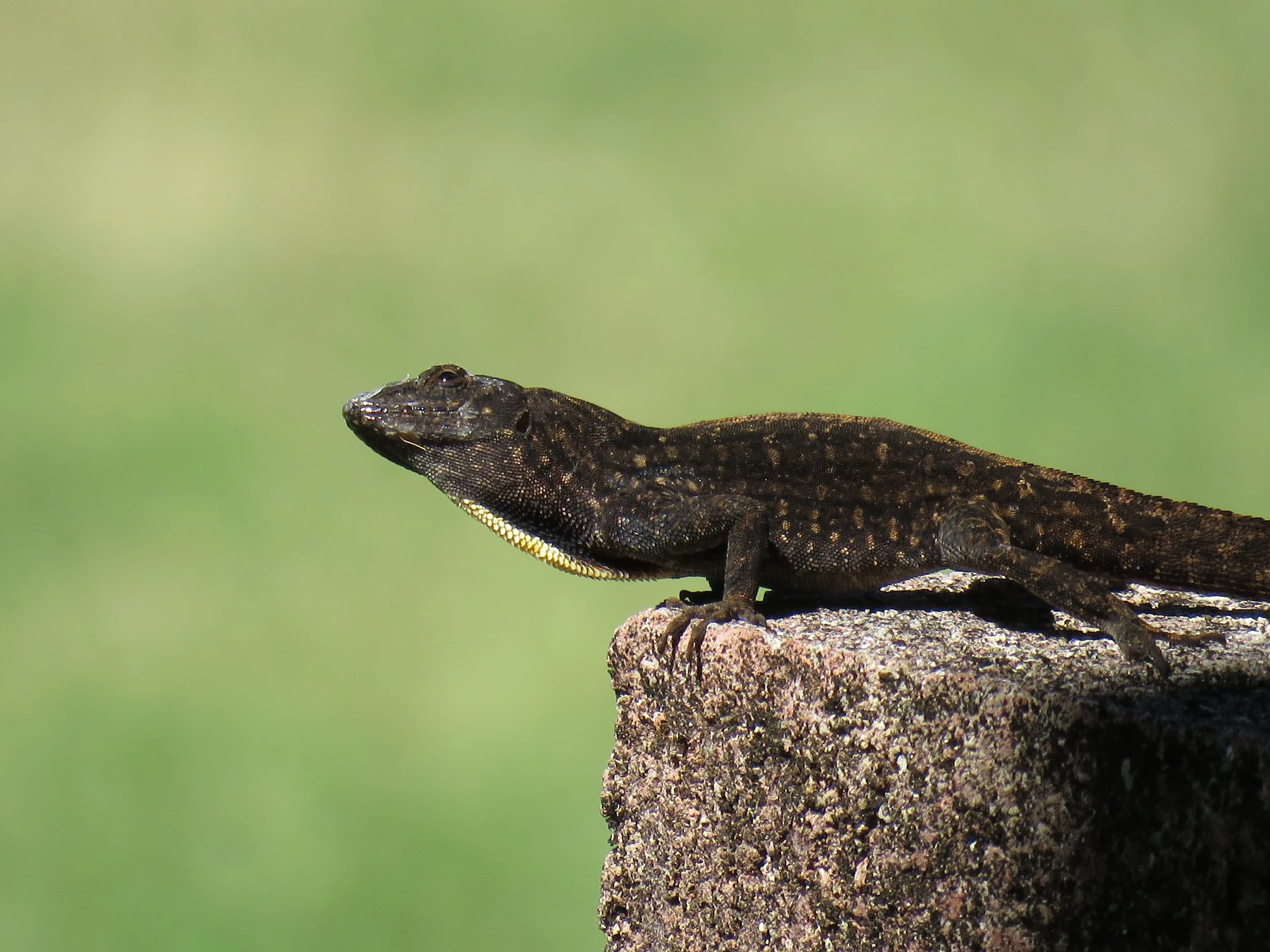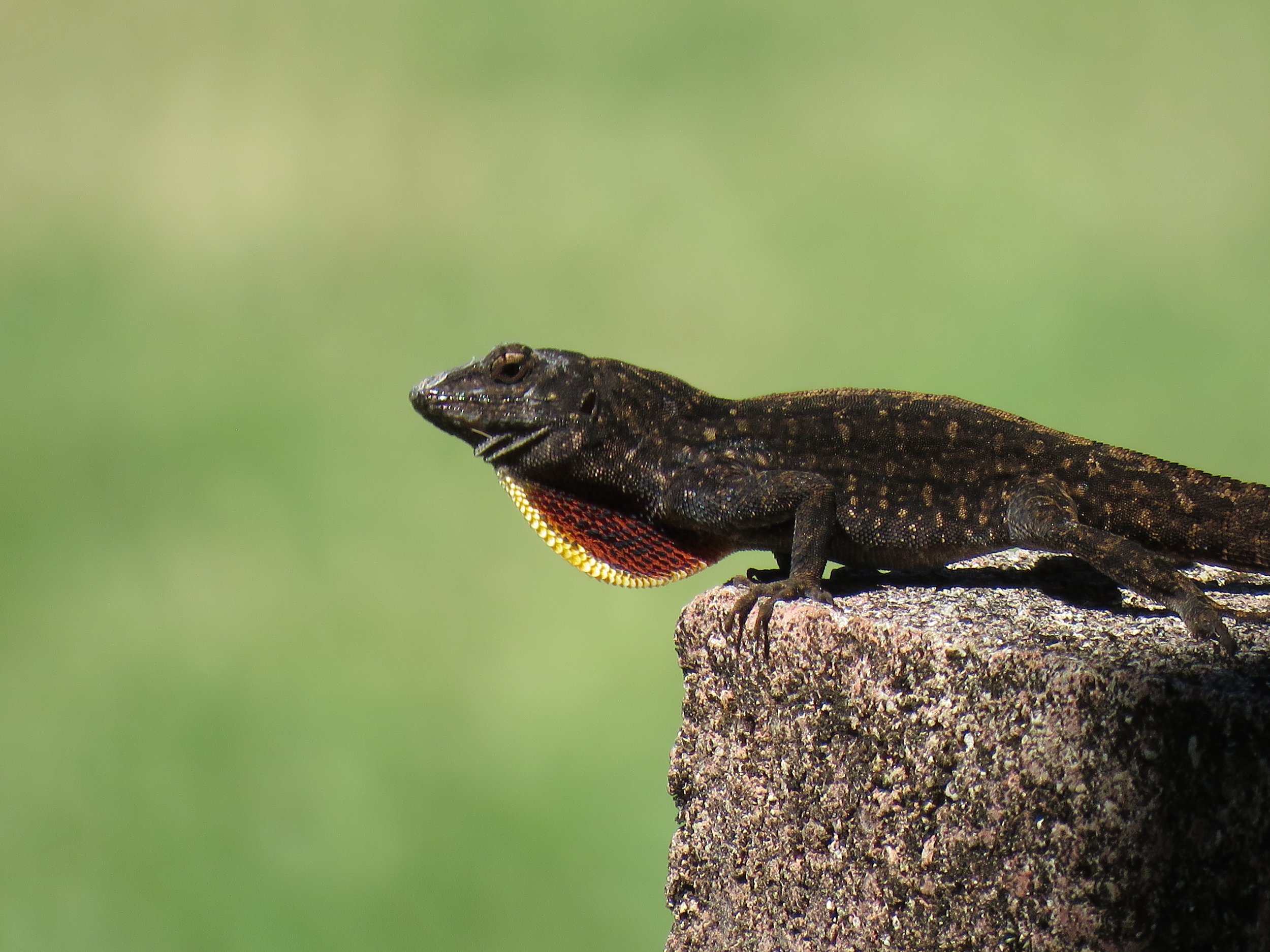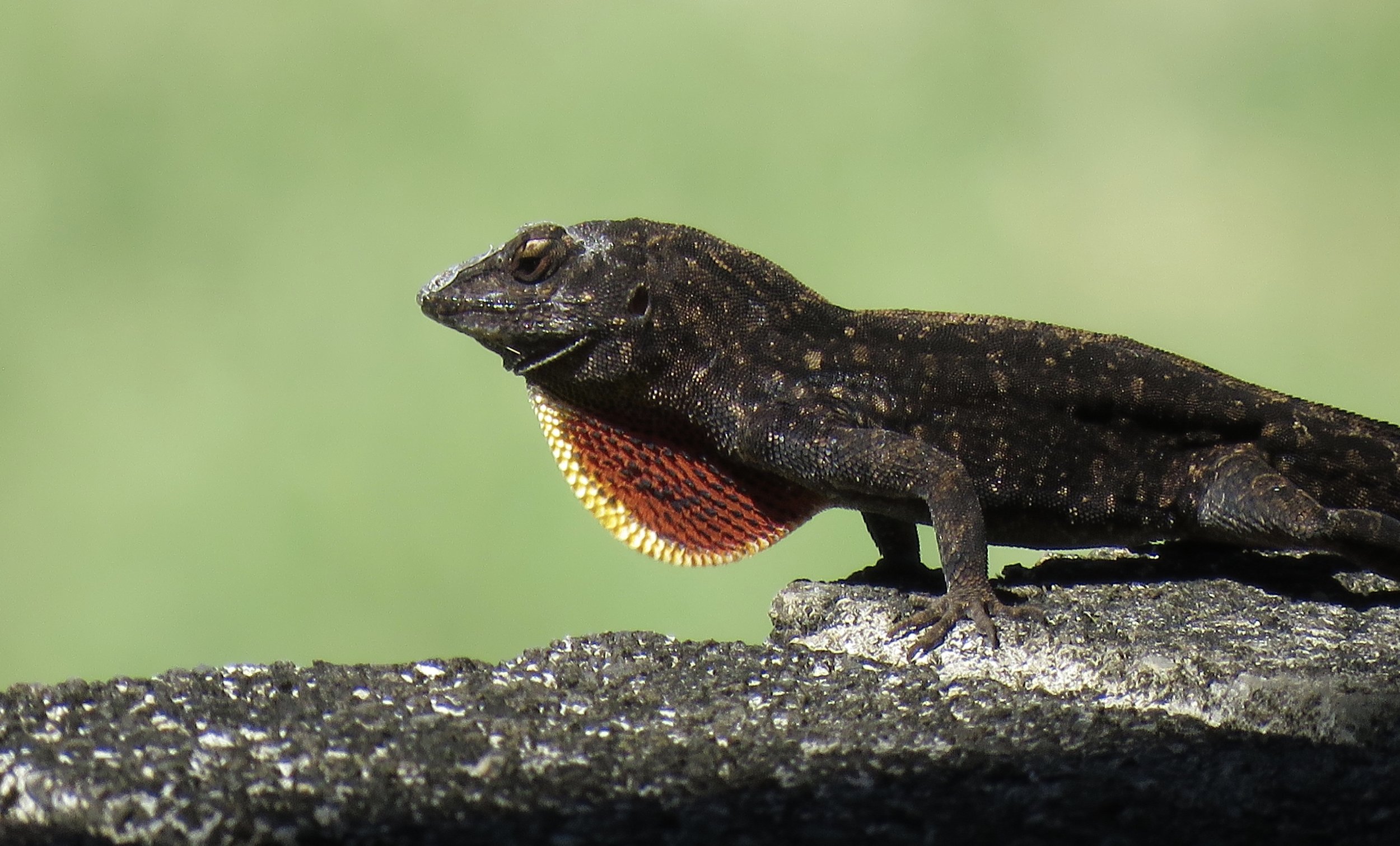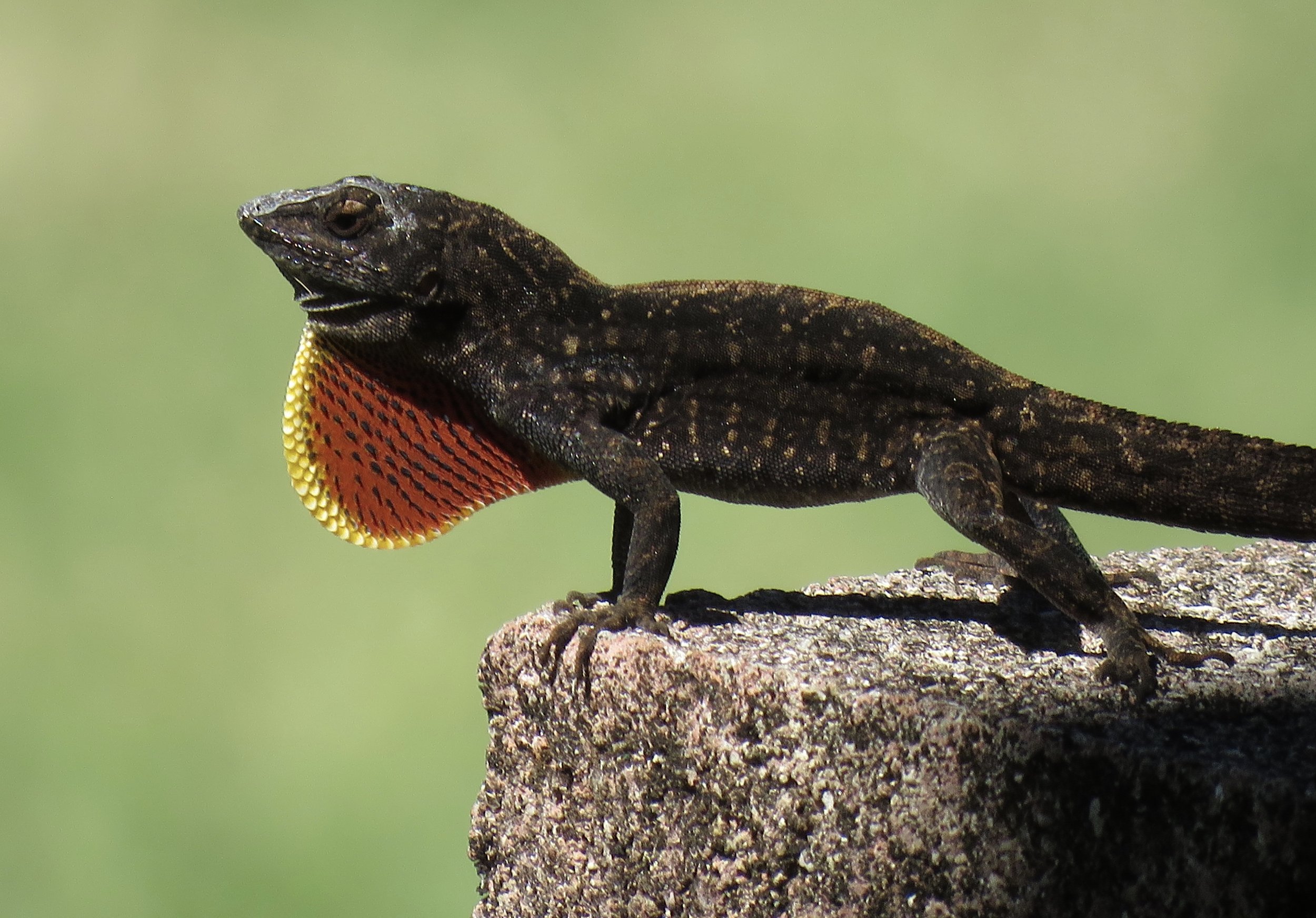“There’s nothing there!” was what we mostly heard when we told people that, after O’ahu we planned on visiting the Hawaiian island of Moloka’i (pronounced ‘mo-lo-KAh-ee’).
And that’s precisely why we wanted to go. There was too much for us on O’ahu, wonderful to explore but we had to do so together with a few million other people, among freeways and highrises. Moloka’i may be the least well known of the Hawaiian islands. It is home to 7,000 and is roughly the same size as Salt Spring Island where we live. It just does not offer the same array of coffee shops, artist studios and other attractions. What Moloka’i does offer is the authentic Hawaii. “It’s where Hawaiians go to get away from it all,” we were told.
The only way to reach the island is by airplane. We flew the mere half hour from Honolulu and landed in what felt like rural Zambia: a tiny, rustic airport, red earth, dusty pick-up trucks, hand-painted signs, even the vegetation felt like Zambia or Australia’s Outback in some places. I half expected to spot some giraffes. But what we saw instead was wind swept waves tumbling onto black rocks, white sand beaches without people and friendly locals.
Geographically it’s an interesting island. You can almost cut it in half: one half is relatively flat, a bit hilly, with dry red soil. The other half is green, tropical jungle valleys with the tallest sea cliffs in the world. Jing and jang.
We had booked a condo on the west side, the flat part, of the island, Kepuhi Beach. It turned out to be a former Sheraton resort, sold to a Japanese company and now in decline. Half of the two level six-plexes were sold to individual owners, some of whom rented their unit out as vacation rentals. The other half of the former resort is falling apart, literally. What used to be a restaurant and pub, are now sagging buildings with roof shingles missing and beams rotting away.
But the inhabited half has well maintained lawns, avid bird life, waving palms and a pretty pool. For just over a hundred dollars a night we could not find another place to stay in Hawaii.
You do need a car on Moloka’i but there’s only one small local car rental place and Alamo. The local cars were all gone for March when we tried to book in December. Alamo quoted us $550 for a week. “Try Dana!” was the advise our condo owner gave us. Dana found us a car, no problem. At just over half the cost of Alamo’s. “Your car will be sitting just outside the airport,” he told us, “It will be unlocked with the key under the seat.” That’s when we knew were going to like this island.
There are not many roads on the island and I think we drove them all. Near us is the ranch town of Manauloa, which looks exactly like an Australian town in the Outback with wide streets and western fronts. It is almost deserted, the general store empty and locked up.
The only town of significance is Kanaukakai. It, too, looks like a western town with saloon fronts and pick-up trucks. The people are friendly and laid back. There’s a great bakery in town.
Kanaukakai, Moloka’i
One morning we went to the Paddler’s Inn where locals gather to play Hawaiian music. There was a small stage and also a large table with locals who all had ukuleles and other instruments. They sang Hawaiian songs to their hearts’ content. It was awesome.
We stopped at an organic farm but they didn’t have bananas and their small pineapples were US $6.50 a piece. They were juicy, though. We paid $1.50 for one potato in the resort store. Moloka’i is not for the faint of heart.
Overlooking Kalaupapa Peninsula
The island is most well known for its former Hansen’s disease (leprosy) colony. Kalaupapa Peninsula has an amazing history but is not easily accessible. You need to obtain a permit and can only hike in if the trail is restored (closed in 2020) or possibly by helicopter although right now (2022) no visitors are allowed at all. We did see a beautiful photo and artifact display of it at the Moloka’i Museum and Cultural Site where the Meyer Sugar Mill has been restored and where volunteers give information and show videos of the area. The book Moloka’i by Alan Brennert is a great (fictional but realistic) read with the colony as a realistic setting.
Halawa Valley
Because there isn’t much else to do here, we decided to splurge on a ‘Cultural Hike’ in the Halawa Valley. The website is informative and the program sounds attractive so we paid our $60 p.p. and left early in the morning for the hour-and-a-half drive to the far opposite shore of the island.
The one lane road was littered with rocks..
The road along the ocean is pretty until you get to the dotted line on the map. We were happy to discover that it wasn’t dirt road but it did indicate a one-lane road only. Not only did it get super narrow, it wound like wet spaghetti around rocky cliffs overhanging the ocean. We crawled around blind corners hoping there wouldn’t be another car coming because backing up would have been even worse. Rocks, mud, water and wind blown branches added to a discouraging setting.
But we persevered and made it in one piece to the far end: the Halawa Valley. There we met six other couples brave enough to tackle this hike and our guide, a member of the local indigenous family conducting these programs. Unfortunately he announced that, due to the rain and storm, we were unable to go for a hike. He did offer the cultural part but we decided to perhaps try our luck on another day.
We crawled back along the horrible, narrow road, all the way to town, only to discover we had left our daypack at the very far end. There was no way we’d brave that road again so we frantically tried to contact the guide who had no cell phone reception and no internet in that remote valley. But with the help of very friendly local people we did manage to relay the message and, at night, he actually came to town bringing our pack with him. Relief.
After all that we decided to celebrate with a steak dinner in the Inn. It took a while after we ordered but we were happy to sit and sip a beer. When the waitress finally came, she plonked one plate on the table. And when we asked where the second steak was she said “Oh, really? You each wanted one?” So we shared a steak and a good laugh.
Our week on Moloka’s has been pleasant and very relaxing, but incredibly windy. Wind and rain prevented us from as much hiking and swimming as we wanted but we did also have blue sky and times when we could go out. But we were happy to have good books with us.
What I learned in Hawaii
Of course I had heard of trade winds, but I did not really know what or where these are. The constant wind on these tiny islands in the Pacific Ocean, prompted me to do some more research. I discovered that trade winds are a wind blowing steadily towards the equator. From the northeast in the northern hemisphere and from the southeast in the southern hemisphere, especially at sea. These two belts of trade winds encircle the earth, blowing from tropical high-pressure belts to the low-pressure zone at the equator. For the month we’ve been in Hawaii we’ve had wind almost every day, steadily around 15 miles per hour but also with gusts of up to 50 miles an hour.
Another thing I had never heard of was a nene goose until I saw a crossing sign for them on Moloka’i. More research! Turns out that the nene goose is only found on the Hawaiian islands and is quite rare. They lay eggs in amongst the rocks and may be a distant relative of the Canada goose.
And another animal I learned about… Everywhere, on walls and sidewalks, I spotted what I thought were little geckos. Turns out they are lizards but not geckos. Hawaii has a lot of little brown anoles. Only about 12 cm long, they eat insects and like living in forested areas. As if the word ‘anole’ isn’t interesting enough, I also learned that the male has a dewlap. A what? you ask… A dewlap is a flap of skin underneath the lizard’s chin which he can extend and retract. It’s not an air sac, just a flag he waves when staking out his territory or when trying to attract a female and to discourage other males. The things you learn when you travel…
RESOURCES:
• https://www.nps.gov/kala/planyourvisit/basicinfo.htm
• http://halawavalleymolokai.com/
BOOKS - click then scroll down to USA

